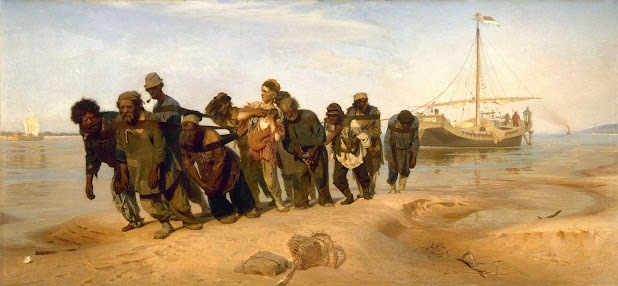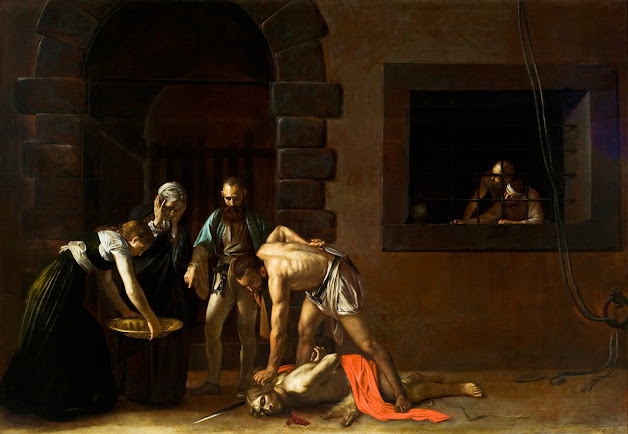Realism vs. Impressionism - Two Styles of the 19th Century

The 1800's marked the emergence of a variety of sharply contrasting genres including Romanticism, Realism, Impressionism, Luminism, and Art Nouveau. For this analysis I've chosen to focus on Realism and Impressionism, two styles that could hardly be more at odds in their ideas and technique. Picking a winner and loser wasn't easy. All of the styles of the Romantic era are dear to me, particularly the medievalist paintings of the Pre-Raphaelites and the Luminism of the Hudson River School. But Impressionism holds a special place in my heart for how radically it disrupted the art world. With Impressionism, artists began to tap into a realm of sensations that are almost too abstract to otherwise describe. Impressionism opened the doors for Expressionism, Cubism, Visionary art, etc.— styles that transform our perception of reality. To that end, I've pitted my chosen champion against Realism. I don't by any means dislike Realism--the movement's preferr

